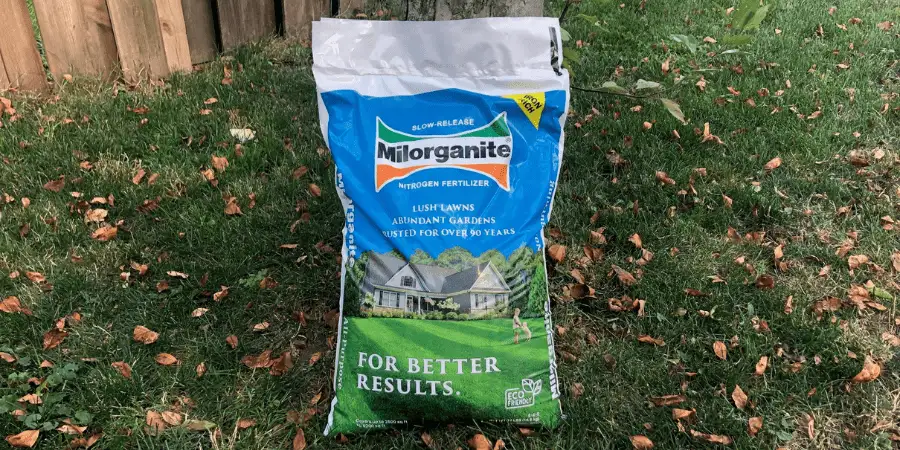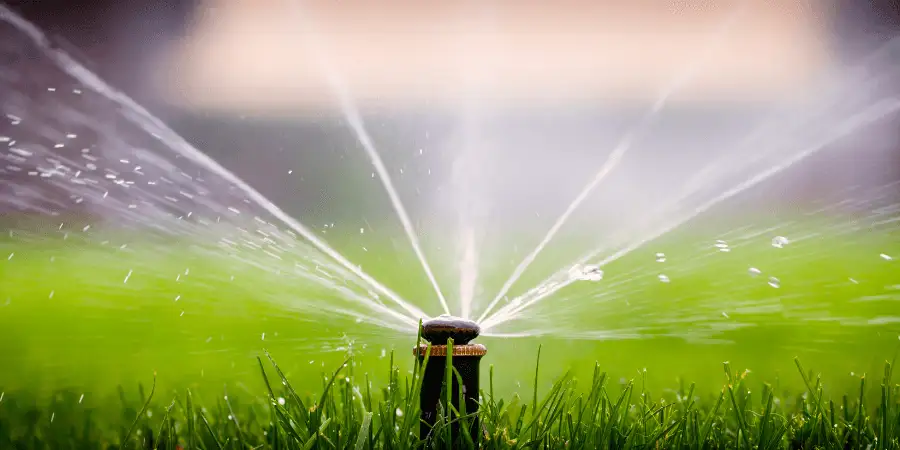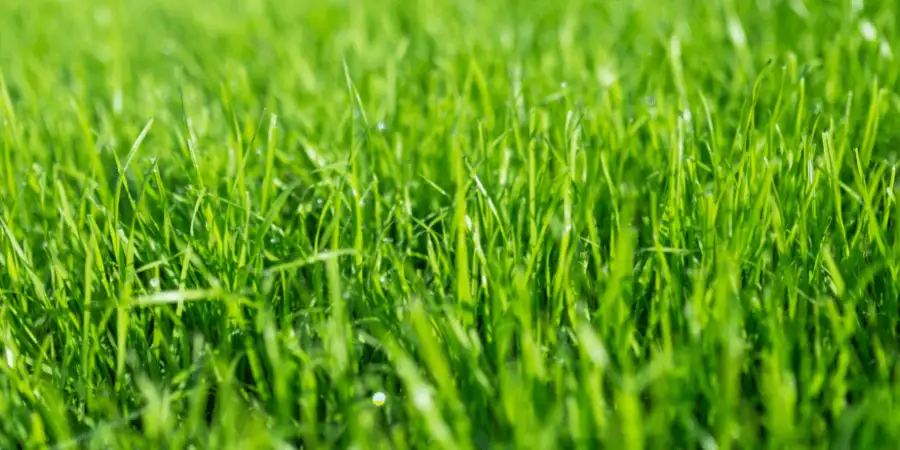What Does Milorganite® Do?
- Milorganite AgronomistOctober 22, 2022
Plants need several things to grow, including sunlight, air, and water. We can’t control sunlight. There are a couple of things we can do to improve airflow around plants. And we can supplement rain when needed while following all local restrictions and ordinances.
Another critical aspect of growing healthy lawns and plants is nutrients. So, the answer to What does Milorganite do? is fairly simple: Milorganite provides plants with necessary nutrients over time for plants to grow healthy.
Nutrients
People, animals, plants, and all other organisms need nutrients to live.
Plants require six essential nutrients: carbon, hydrogen, and oxygen from the air. Nitrogen (N), phosphorus (P), and potassium (K) are also critical and are available from the soil and supplemented using a variety of sources, the easiest of which is fertilizer.
Although plants make their own food through photosynthesis, the process relies on nutrients from the soil. Nutrients are naturally depleted from the soil as plants grow. Some soils start out nutrient-poor and require the addition of nutrients before planting.
As nutrients run low it’s time to replenish. Fertilization is the easiest way to get nutrients back into the soil.

Macronutrients are the essential nutrients plants need in the greatest amounts. They are nitrogen (N), phosphorus (P), and potassium (K) (NPK). These are the three nutrients you find in most fertilizers, which is why it’s the best way to replenish these nutrients.
Nutrients needed in lesser amounts or secondary nutrients are calcium, sulfur, and magnesium. Micronutrients are those that plants only need in very, very small quantities. Most soils contain sufficient micronutrients, but nutrient-poor soils in particular need to be supplemented.
What does Milorganite's nutrients do for lawns?
- Provides a buffet of macronutrients, secondary nutrients and micronutrients that plants require.
- Is convenient as a primary fertilizer to use on your entire property.
Air
Plants manufacture their own food and need carbon dioxide available in the air to make glucose (sugar). We can’t do anything about the quality of air on a yard-to-yard basis, but we can improve airflow lawns by removing thatch, dethatching, and aerating. A build-up of thatch, a layer of dead plant material, can limit air and water from reaching plant roots, which is critical. Aeration removes cores of soil from the lawn to increase airflow directly to the roots.
Sunlight
Green plants need sunlight to make their own food through photosynthesis. During photosynthesis, plants convert carbon dioxide into oxygen, a byproduct, which is released into the air. Photosynthesis also produces glucose (sugar), which is stored and used as energy by the plants. Plants use glucose along with nutrients to make new leaves and other plant parts.
Chlorophyll, the pigment that makes plants green, helps plants create their own food. It’s a key component to photosynthesis. It allows plants to absorb the energy they need from sunlight to build tissue.
Why is chlorophyll green? Green is the only color chlorophyll does not absorb. It absorbs blue and red wavelengths of light and reflects green, which is why plants look green
Water
Water is essential to all living things, especially plants as their cells are 80-90% water. It also holds plants upright.

Water delivers essential nutrients to plants from the soil. Only nutrients dissolved in water are available to be absorbed by plants. Lawns need about 1” of water every week, whether it’s from rain or irrigation.
Slow-release vs. Quick-release Fertilizer
There are two categories of fertilizers: slow-release vs. quick-release.
Milorganite is a slow-release nitrogen fertilizer, derived from natural materials. It releases nutrients for about 8-10 weeks—a rate plants can use. There is also less of an opportunity for nutrient run-off or leaching.
Milorganite is non-burning, even when applied in hot weather. You won’t accidentally create stripes of dead, brown grass in your lawn. It doesn’t need to be watered in. It’s even safe as a starter fertilizer when establishing new lawns.
Quick-release fertilizers are made from manufactured, synthetic nutrients. Nutrients are immediately available to plants, but more than plants can use at one time, increasing the risk of nutrient runoff. The salts in synthetic fertilizers can easily burn grass, so it requires more attention during the application, as well as watering-in.
What does Milorganite’s slow-release nitrogen do for lawns?
Offers worry-free application that doesn’t require watering-in.
- Won’t burn your lawn.
- Lasts for up to 8-10 weeks.
- Reduces the risk of nutrient runoff.
Iron Keeps Grass Green
What does Milorganite do for lawns? Among other necessary nutrients, Milorganite contains 2.5% non-staining iron, which helps to keep grass green.
The iron in Milorganite works like chelated iron—iron that’s treated to make it water-soluble. Chelated iron can be expensive to produce. Iron salts are less expensive and could be used, but it has the potential to burn plants and stain concrete.

The iron in Milorganite mimics chelated iron and it’s less expensive. As microorganisms in the soil consume Milorganite, its nutrients are slowly released into the soil, including iron. By comparison, foliar feeding with iron, spraying iron onto grass, is quickly removed every time you mow the lawn. Fewer applications of iron will be needed when using Milorganite.
What does Milorganite’s iron do for lawns?
- Helps to keep grass green with its 2.5% iron content.
- It is non-staining, so there’ll be no rust stains on your driveway or walkways. Reminder to sweep up excess Milorganite back into your lawn to avoid runoff into our waterways.
Milorganite Fertilization Schedule
Milorganite should be applied four times annually, and we have an easy way to remember: the holiday schedule. The times to fertilize are generally centered around holidays, including Memorial Day, Fourth of July, and Labor Day, depending on where you live and the variety of grass.
You need to know what nutrients and amounts are in the soil before fertilizing. I recommended having a soil test done before applying Milorganite or any other fertilizer. Overapplying nutrients can damage plants and nutrients not absorbed by plants accumulate in the soil and can more easily runoff.
Although it’s difficult to over-apply Milorganite, you still need to pay attention to the amount of nitrogen being applied. Too much of any nutrient can harm plants.
What does Milorganite do?
- Slowly releases nutrients as plants need them for about 8-10 weeks.
- Only requires application four times annually.
Where to Buy
Find Milorganite® at a store near you.
We recommend calling your local store to check for availability.

